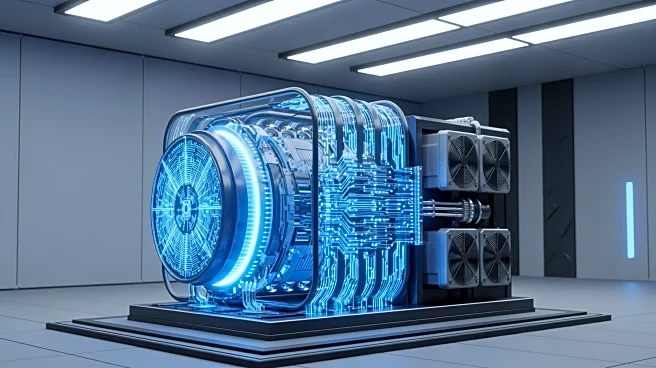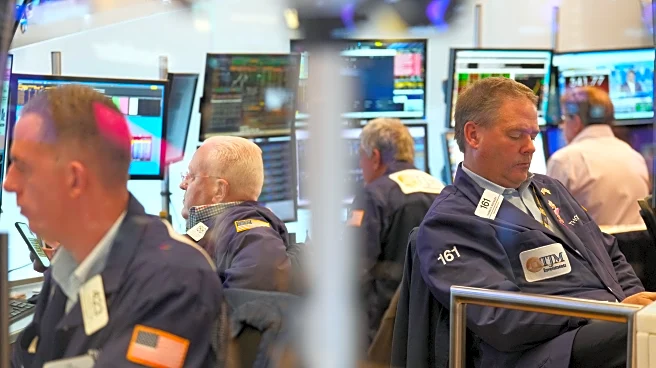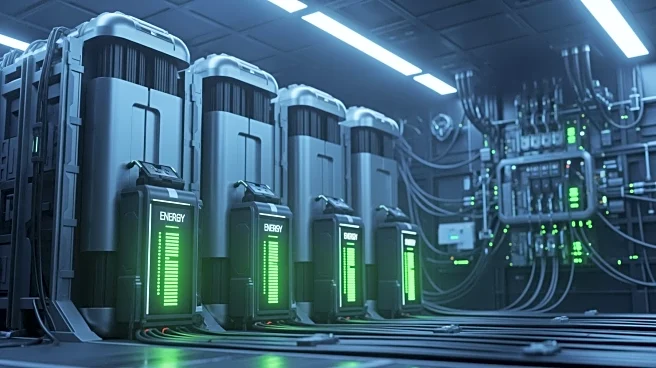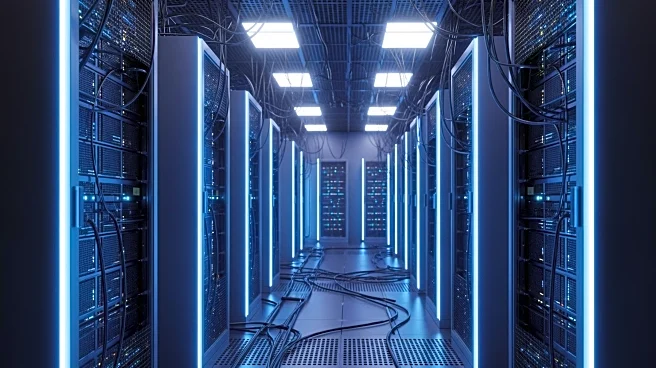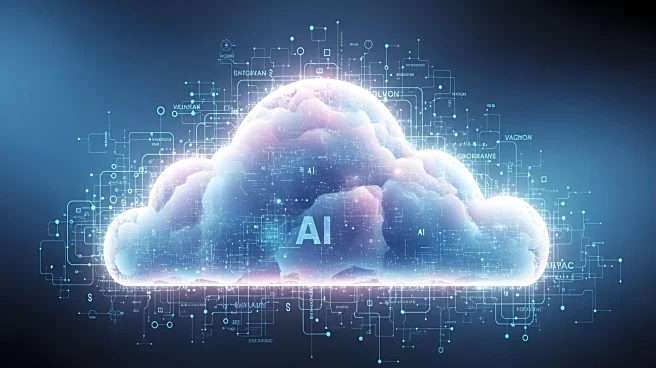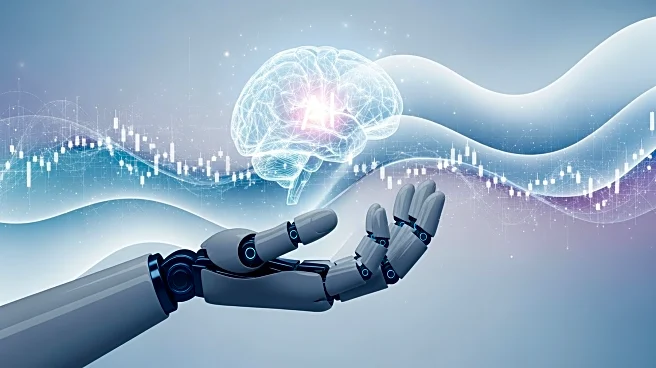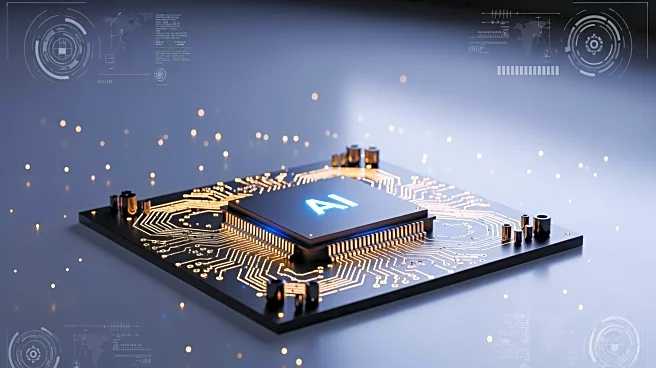What's Happening?
OpenAI CEO Sam Altman and Microsoft CEO Satya Nadella are grappling with the challenge of securing sufficient power to support the rapid expansion of artificial intelligence (AI) technologies. The demand for electricity from data centers has surged over
the past five years, surpassing the utilities' plans for new generating capacity. This has led to the adoption of 'behind-the-meter' arrangements, where electricity is directly fed to data centers, bypassing the traditional grid. Despite significant investments in nuclear and solar energy, the tech industry faces a bottleneck in power supply, which is now a more pressing issue than the availability of computing hardware.
Why It's Important?
The increasing power demands of AI and data centers highlight a critical infrastructure challenge for the tech industry. As companies like Microsoft and OpenAI expand their AI capabilities, the need for reliable and scalable energy sources becomes paramount. This situation underscores the broader implications for the U.S. energy sector, as it must adapt to meet the growing demands of high-tech industries. The shift towards renewable energy sources, such as solar, is crucial for sustainable growth, but the current pace of infrastructure development may not keep up with the rapid technological advancements.
What's Next?
The tech industry may need to accelerate investments in renewable energy and innovative power solutions to meet future demands. Companies might explore partnerships with energy providers to secure long-term power agreements. Additionally, there could be increased pressure on policymakers to support infrastructure projects that facilitate the integration of renewable energy into the grid. The ongoing developments in AI efficiency and energy consumption will likely influence future strategies and investments in the tech and energy sectors.
Beyond the Headlines
The current scenario reflects a broader trend where technological advancements outpace infrastructure capabilities, posing challenges for sustainable development. The reliance on renewable energy sources like solar and nuclear highlights the industry's commitment to reducing carbon footprints. However, the potential for overcapacity in power plants, if AI efficiency improves unexpectedly, could lead to economic implications for companies heavily invested in energy infrastructure.
